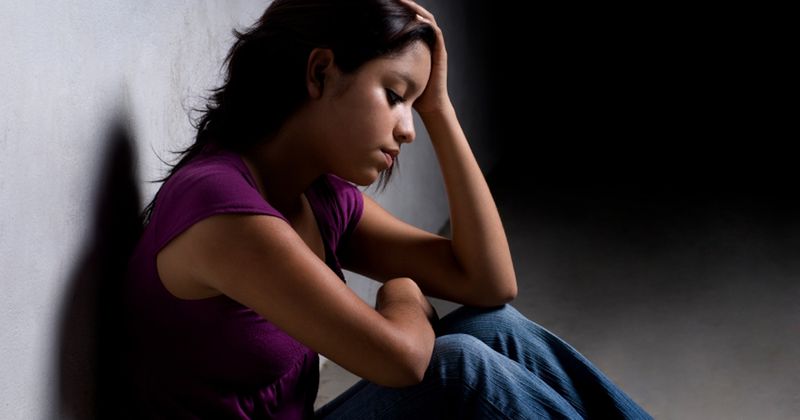Narcolepsy Severity Scale would allow children to have more 'active role' in care
A 14-item self-reported scale improved the management of and provided guidance for narcolepsy type 1 among children and adolescents aged 10 to 18 years, according to study findings published in Neurology.
Researchers recently developed the Narcolepsy Severity Scale (NSS) and validated it among adults with narcolepsy type 1 (NT1). In the current study, they tailored this scale to pediatric populations.

“We now developed the pediatric Narcolepsy Severity Scale (NSS-P), a self-report questionnaire, designed to measure the frequency, severity and consequences of the five key NT1 symptoms in children and adolescents,” Lucie Barateau, MD, PhD, of the Sleep-Wake Disorders Unit in the department of neurology at the Gui-de-Chauliac Hospital in France, and colleagues wrote. “The aims of this study were: (1) to assess NSS-P psychometric properties, validity and reliability, and (2) to evaluate its responsiveness to treatment in a well-characterized sample of children and adolescents with NT1 from two Reference Centers for Narcolepsy in France.”
The “five key” NT1 symptoms included excessive daytime sleepiness, cataplexy, hallucinations, sleep paralysis and disrupted nighttime sleep. The NSS-P total score on the 14-item scale ranged from zero to 54, with higher scores representative of more severe disease. The researchers received full and correctly completed scale responses from 160 children and adolescents with NT1, of whom 68 were untreated, diagnosed in the two reference centers. A total of 65 participants completed it twice, of whom 33 completed it before or during treatment and 32 under the same treatment. Barateau and colleagues evaluated the NSS-P psychometric properties, score changes before or during treatment and convergent validity with other clinical parameters.
Results showed adequate psychometric properties with significant item-total score correlations for the NSS-P, as well as good reliability in a four-factor solution according to factor analysis. Treated patients exhibited lower NSS-P scores compared with untreated patients, with a mean difference of 3.71±1.45; the researchers observed an estimated minimum clinically important difference between untreated and treated patients among the longitudinal sample of four points. They defined four severity levels — mild, moderate, severe and very severe — with between-group differences linked to treatment. They observed an association with satisfactory temporal stability between NSS-P total score and self-reported sleepiness, insomnia and depressive symptoms.
According to Barateau and colleagues, the NSS-P is not a diagnostic tool and should be used only for monitoring and improving clinical management, as well as for quantifying symptoms in future clinical trials.
“This bicentric evaluation and the absence of center-effect on the NSS-P scores in untreated and treated patients suggest its possible clinical and research use in other centers,” the researchers wrote. “Regular monitoring with the NSS-P during the follow-up could help to assess treatment efficacy and to guide treatment changes (eg, dose adjustment or drug switching). The NSS-P can be completed in 5 minutes, allowing [children and adolescents aged 10 years or older] to play a more active role in the management of their chronic disorder, by self-identifying and -quantifying the main symptoms and complaints, and thus understanding the treatment decisions and goals.”
